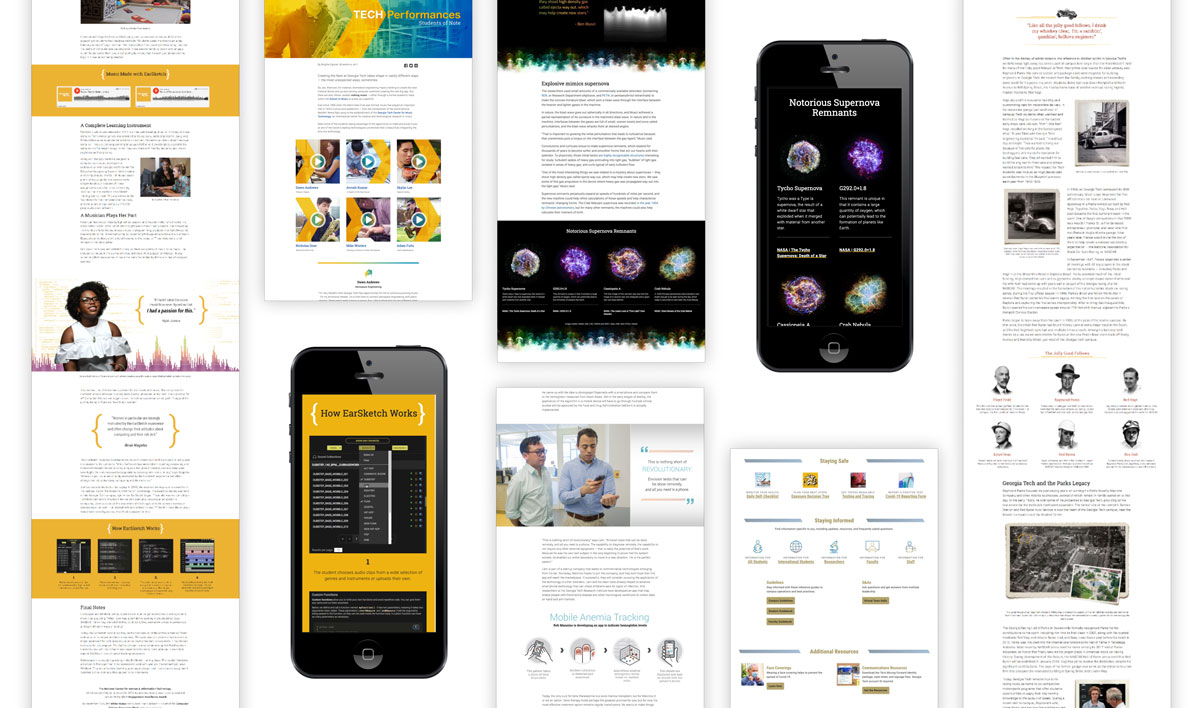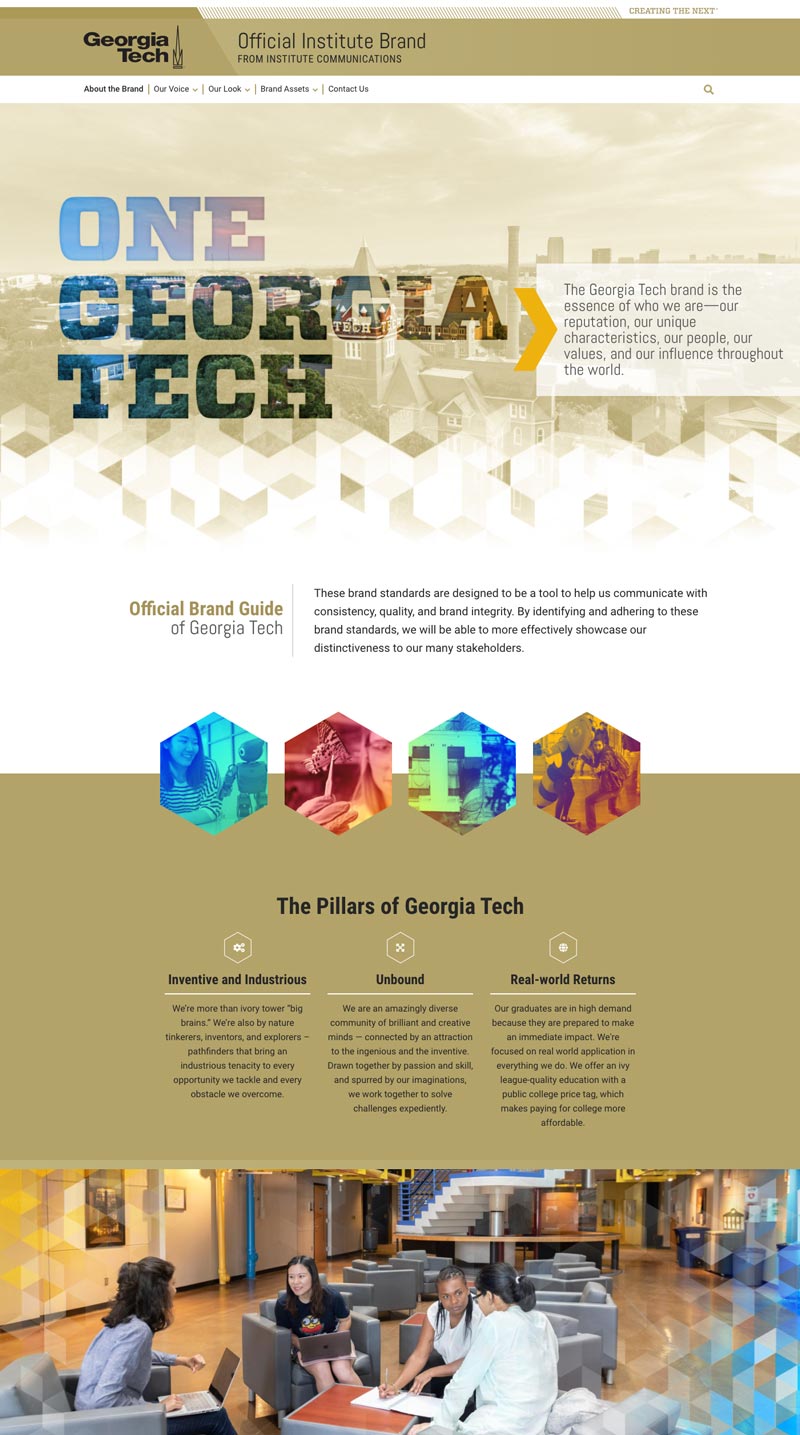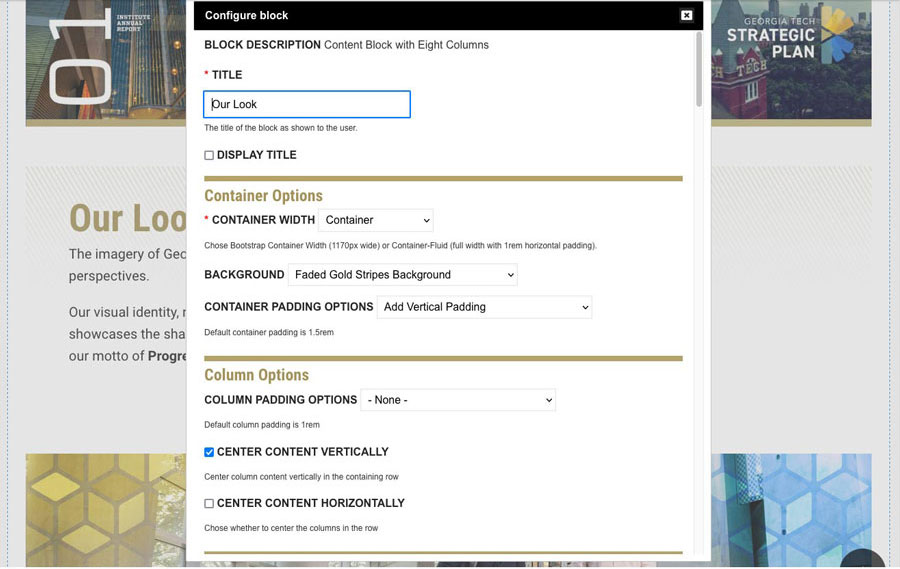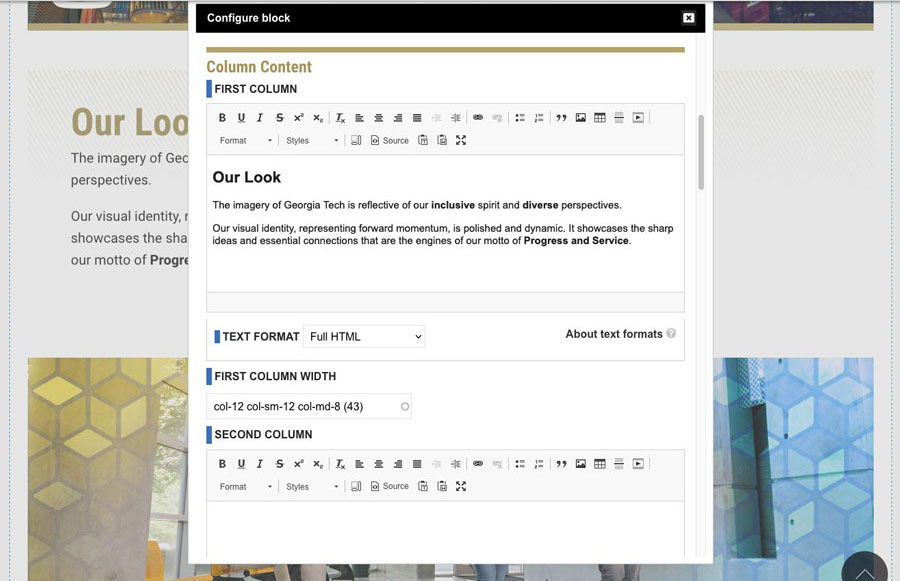The Goal
I began my Drupal career as a content designer. I was assigned to create feature articles with sections that had a variety of layouts and styles. Since feature articles often have their own look (see Huffpost Highline), somewhat like a subtheme, this required a very flexible Drupal component which was not available. After struggling with workarounds for a few years, I had the opportunity to rebuild an entire Drupal website...and I decided to try something.

My work as a content designer for news features required me to create a wide variety of section layouts with a quick turnaround time.







